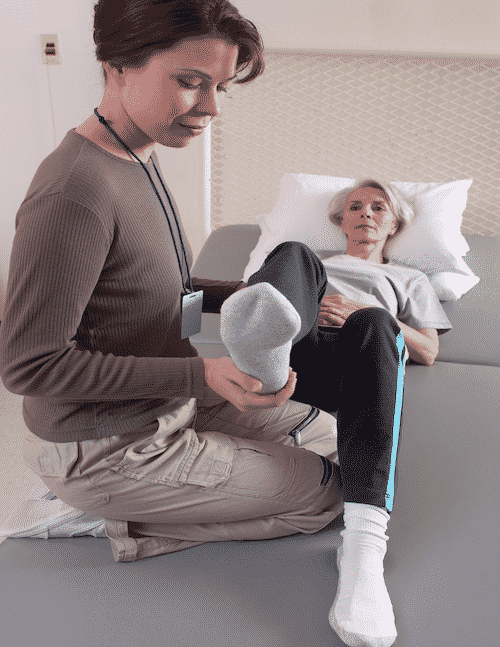Hip Pain
Resources and Information
Hip Pain Symptoms
The location and severity of hip pain can vary, depending on the cause of the problem.
Signs and symptoms that sometimes accompany hip pain are:
Common Hip Injuries and Conditions

Injuries
Hip Labral Tears
Hip Fracture
Hip Dislocation
Overuse Injuries
Hip Bursitis
Tendonitis

Conditions
Sciatica
Shingles

Arthritis
Osteoarthritis of the Hip
Rheumatoid Arthritis

Replacements
Hip Replacement
How Will My Hip Pain Be Diagnosed?
Your physical therapist will perform an evaluation that will start with discussing your medical history and your symptoms. Your therapist will ask questions to determine where your pain is located and may perform a gait evaluation, palpitation of the hip for structural issues, range of motion measurements, strength measurements, and functional mobility test. These tests will help your therapist develop a treatment plan to relieve your hip pain.

How Can Physical Therapy Help Me?

Pain management
Your physical therapist may provide treatments using different “modalities” such as ice, heat, ultrasound, or electrical stimulation to help decrease pain and swelling.
Manual therapy
Your therapist will apply manual (hands-on) therapy to gently guide movement of the knee area to restore joint and tissue mobility.
Therapeutic exercises
Your physical therapist will prescribe specific strengthening, flexibility, and endurance exercises to address your specific needs and goals.
Functional exercises
You will learn individualized exercises designed to help you return to your home, work, and sport activities. These also may include balance and coordination exercises.
Self-care instruction
Your physical therapist will teach you ways to manage your pain at home, and design a safe and effective home-exercise program based on your specific condition, which you can continue long after your formal physical therapy sessions have ended. You also will learn how to avoid placing unnecessary forces on the knee during your daily activities for years to come.
